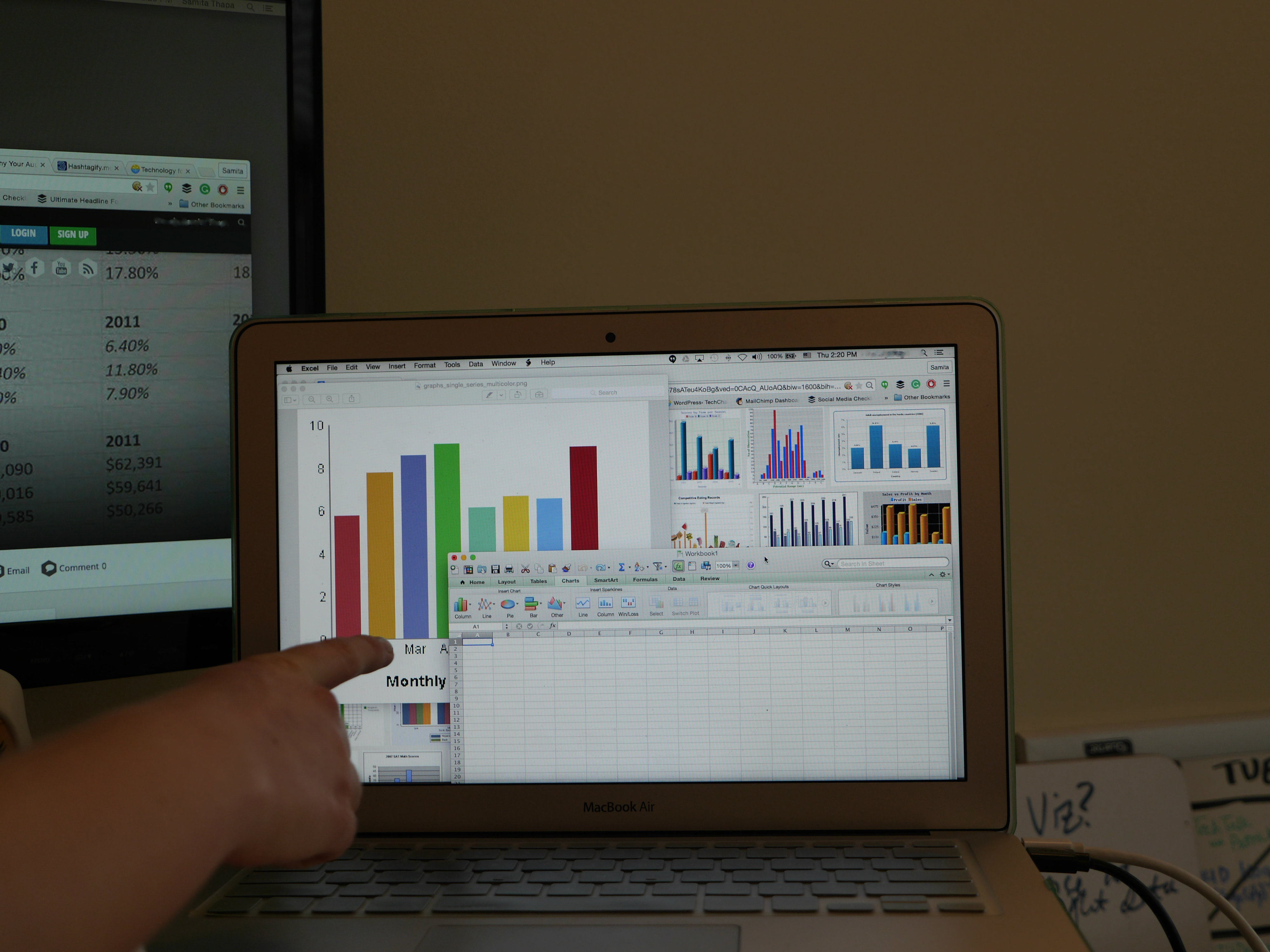It’s no secret that we’re passionate about the power of volunteer technical communities here at TechChange. We helped link volunteer communities with response organizations for the Digital Humanitarian Network procedures simulation, as well as streamed and assisted with online participation in last year’s International Conference on Crisis Mappers.
When a disaster occurs—an earthquake in Haiti or a landslide in Uganda—it’s often up to non-governmental organizations and volunteer groups to coordinate urgent emergency relief. Communication is the backbone of this disaster recovery, yet is currently limited to prohibitively expensive satellite phones and short range radios. Cell phones might work briefly if the towers are still up.
In response to these challenges, the web has been abuzz about two promising technologies that could change the way we connect in times of crisis: dependable ways to connect volunteers, refugees, and the general public in harsh environments and disaster zones.
The first technology is a new device: BRCK, a rugged cellular mobile hotspot. Roughly the size of its namesake, BRCK promises an eight-hour battery life, a powerful WiFi antenna, and Arduino-like extensibility. The Ushahidi team, the nonprofit behind the Kickstarter-funded project, dubbed it “[the] backup generator to the internet.”
While BRCK itself doesn’t present any new ways to connect to the internet, it improves and reinforces existing methods. The connection options make it a really powerful router; a business in Mozambique, for example, could use the BRCK’s redundant network connections to setup a WiFi router that had both Ethernet and 3G/4G backbones. However, while all these specs are useful, this device was probably not meant for crisis response (read: when cell service is unreliable). The weakness of this device lies in our current limited communication infrastructure.
To solve the need for a dependable remote cloud, Google unveiled just that: a mesh network of balloons. That’s right: internet-enabled balloons, floating in the sky, traveling with the wind currents in the stratosphere! A sort of hybrid of satellites and cell towers, Project Loon promises to set up highly flexible deployments of access points wherever they are needed. So, when an earthquake strikes New Zealand, Loon balloons can float over and beam an internet signal to the affected area on the ground.
In theory, this network is a wonderful idea. It’s portable, fast, disaster-proof internet. But the exact aspect that makes this project novel is the one that will create the most challenges. Google will become a sort of air traffic control for its own thousands of balloons, which require direction and maintenance. Users of Loon will also need a special Google antenna—the balloons unfortunately don’t transmit in the WiFi signal band. But for disaster situations, where the need for communication often means the difference of human lives, it appears to be a novel and practical idea.
Perhaps a comparison is in order. It costs an average of $150,000 to build a GSM cell tower with a maximum signal range of 35 kilometers (the effective signal radius is smaller, however). No one really knows how much a Loon balloon will cost—so far Google has been light on the details of the project—but we do know that each balloon has a coverage radius of 20 km. That means, to beat out the cell tower in terms of cost per square kilometer covered, each balloon needs to total less than $50,000. Likely a bundle of electronics attached to a solar panel hooked to a balloon will cost much less.
(The math: a GSM cell tower costs $150,000. Max radius of 35 km. Max area covered is π352 ≈ 3850 km sq. Loon balloon costs unknown. Max radius of 20 km. Max area covered is π202 ≈ 1260 km sq. Thus, a GSM tower covers about three times more area than a balloon.)
While these technologies might just be developing, they are really promising. Ultimately, I think both of these technologies could be used together; since you need a special antenna with Loon anyway, why not add one to the BRCK, so you can have a trifecta of connections: Ethernet, cellular, and Loon? This redundancy would be really powerful.
We won’t solve global internet infrastructure overnight, but these prototypes show us the way toward the future: creative solutions to fix real world problems in times and places where it’s needed most. Keep your eye out for new developments, it will no doubt get more interesting!
Are you interested in the future of our connected world? Join us for TC103, our exciting new course about technology and emergency management, starting in August.




